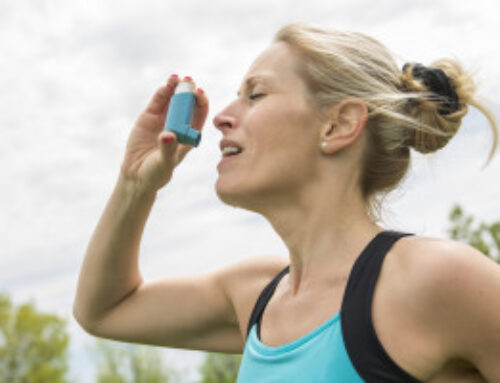
New Technologies At Work
Today in our blog, FLASS (The Florida Lung, Asthma and Sleep Specialists) pose a question for you: What if you could inhale a vaccine for the prevention of lung diseases such as flu, pneumonia and tuberculosis?
Researchers are studying this very question, and findings suggest strongly that one day in the near future, inhalable vaccines could be a reality in the prevention of lung diseases.
“The research, published in the journal, Proceedings of the National Academy of Sciences, explores how tiny particles known as nano-particles could be used to develop vaccines to prevent lung diseases including flu, pneumonia and tuberculosis (TB).”
The Premise:
The new idea for inhalable vaccines utilizes nano-particles. Research scientists at the University of North Carolina at Chapel Hill and North Carolina State University have been designing ways for adapting nano-particles to create more effective vaccines.
The Technology:
Cathy Fromen and Gregory Robbins, members of the DeSimone and Ting labs, recently disclosed some facts behind the technology of nano-particles and reactions in the lung.
1. According to their findings, “a particle’s surface charge plays a key role in eliciting immune responses in the lung.”
2. To modify the nano-particles, they utilized Particle Replication in Non-wetting Templates, nick-named PRINT, and invented in the DeSimone lab. With this knowledge and equipment the scientists meticulously changed the surface charge of “protein-loaded particles.” At the same time, they avoided adapting or disrupting any the other features of the particles. After all, the integrity of the formula must be properly maintained. PRINT thus demonstrated a “unique ability to modify particle attributes independently from one another.”
The Resulting Findings:
On the one hand, when inhaled, the nano-particles with a positive surface charge induced antibody “responses both locally in the lung and systemically in the body.” On the other hand, “negatively charged particles of the same composition led to weaker, and in some cases undetectable, immune responses.”
The Conclusion:
Obviously, we now know that particle charge is an important consideration for inhalable pulmonary vaccination.
The Value of Inhalable Vaccine

Public Health Is Global!
The recently published results of the study show implications for public health as well as health of individual patients. For more in-depth details about this story, we suggest you visit this reliable on-line source.
1. If a vaccine is inhalable, the need for freezers and refrigeration might be avoidable, making the vaccines more accessible.
2. Undoubtedly, such an inhalable vaccine will have a better shelf life than other types. This means public health officials will be able to distribute inhalable, breathable vaccines “to low-resource areas, including many developing countries where there is significant need for better access to vaccines.”
Here at Florida Lung, Asthma and Sleep Specialists, we like to keep you informed about late-breaking discoveries in the field of respiratory medicine.
Nano technology and inhalable vaccines might be the keys to the future life and breath of someone you love. Scientific research that seems like science fiction today, sometimes transforms into medical science of tomorrow.
In reference to vaccines, injectable or inhalable, one thing is certain, they must be delivered to be effective. In other words, the patient must take the vaccine for it to be effective, just as we emphasized concerning the flu in our previous blog.





